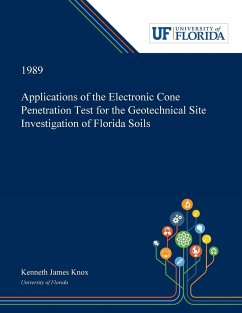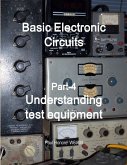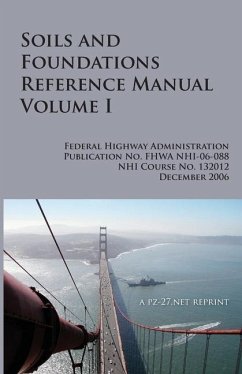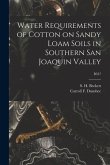Abstract: The purpose of this research project was to evaluate techniques to improve the application of in situ penetration testing to Florida soils, with emphasis on the electronic cone penetrometer test (ECPT). Topics addressed included describing the spatial variability of soil properties, classifying Florida soils with the ECPT, and correlating the ECPT with the standard penetration test (SPT). A collateral purpose was to create an in situ test data base consisting of 97 ECPT soundings and 79 SPT tests. This data base was subsequently evaluated using statistical analysis. The spatial variability study was carried out to evaluate methods of interpolation between test soundings. The techniques studied included three deterministic approaches (the mean, median, and a 10% trimmed average), three distance-weighting methods (two based on reciprocal distances, and linear interpolation), a random field model (a hybrid distance-weighting/regression model), and regression analysis. While none of the approaches stood out as consistently superior predictors, the deterministic approaches were generally inferior to the other, more sophisticated methods. The distance-weighting methods and the random field model performed comparably, but were sensitive to individual test soundings. The regression models predicted slightly better on the average, and with more stability. The ECPT classification study used parametric and nonparametric discriminant analysis of cone data on soils that had been identified from the SPT test. The ECPT was able to group soil accurately into one of seven categories (organics, clay, silt, clayey sand, silty sand, sand, weathered rock) approximately 40% of the time. This percentage increased to 70% when the three sand categories were combined, reflecting the SPT drillers' difficulties in discriminating silty soils. In the SPT-ECPT correlation study, average q^/N ratios for Florida soils were much higher than expected, possibly due to cementation or liquefaction. Regression analysis of the data suggested that the nature of the SPT-ECPT relationship is more a function of the magnitude of the tip resistance, and less of the actual soil type. Dissertation Discovery Company and University of Florida are dedicated to making scholarly works more discoverable and accessible throughout the world. This dissertation, "Applications of the Electronic Cone Penetration Test for the Geotechnical Site Investigation of Florida Soils" by Kenneth James Knox, was obtained from University of Florida and is being sold with permission from the author. A digital copy of this work may also be found in the university's institutional repository, IR@UF. The content of this dissertation has not been altered in any way. We have altered the formatting in order to facilitate the ease of printing and reading of the dissertation.








